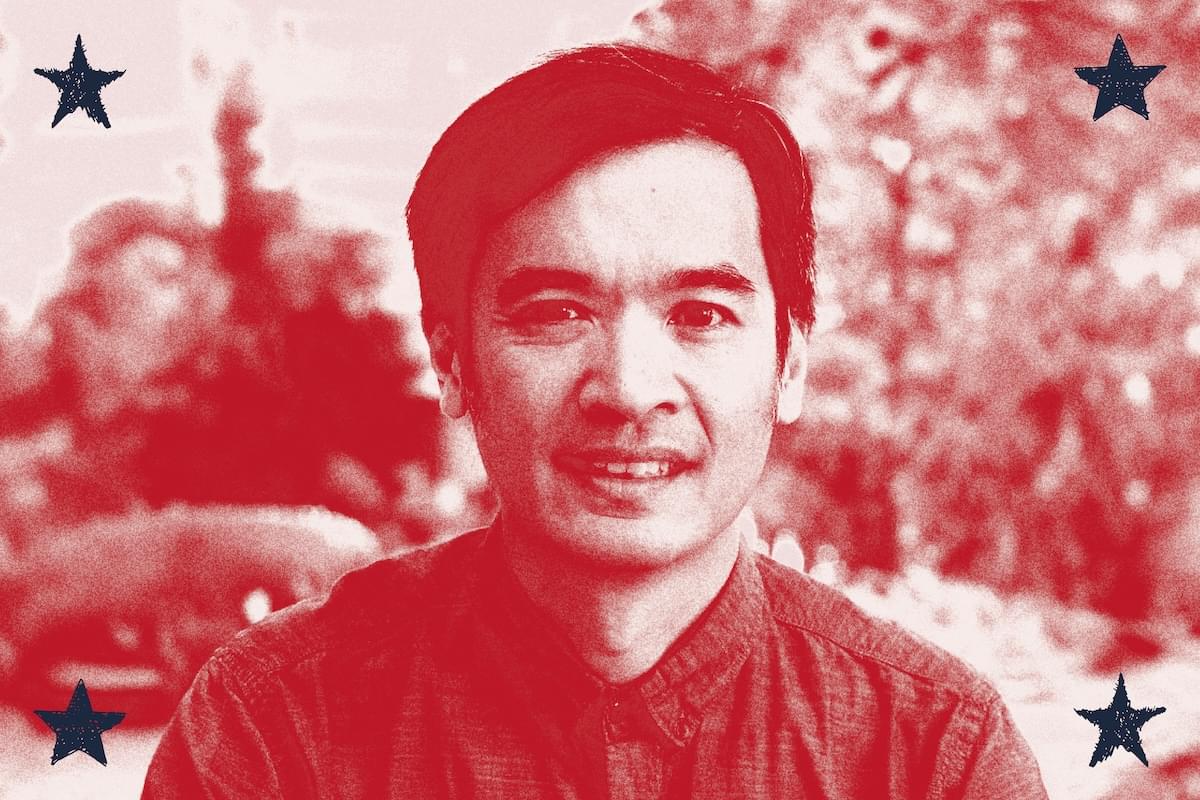The proof, known to be so hard that a mathematician once offered 10 martinis to whoever could figure it out, connects quantum mechanics to infinitely intricate mathematical structures.
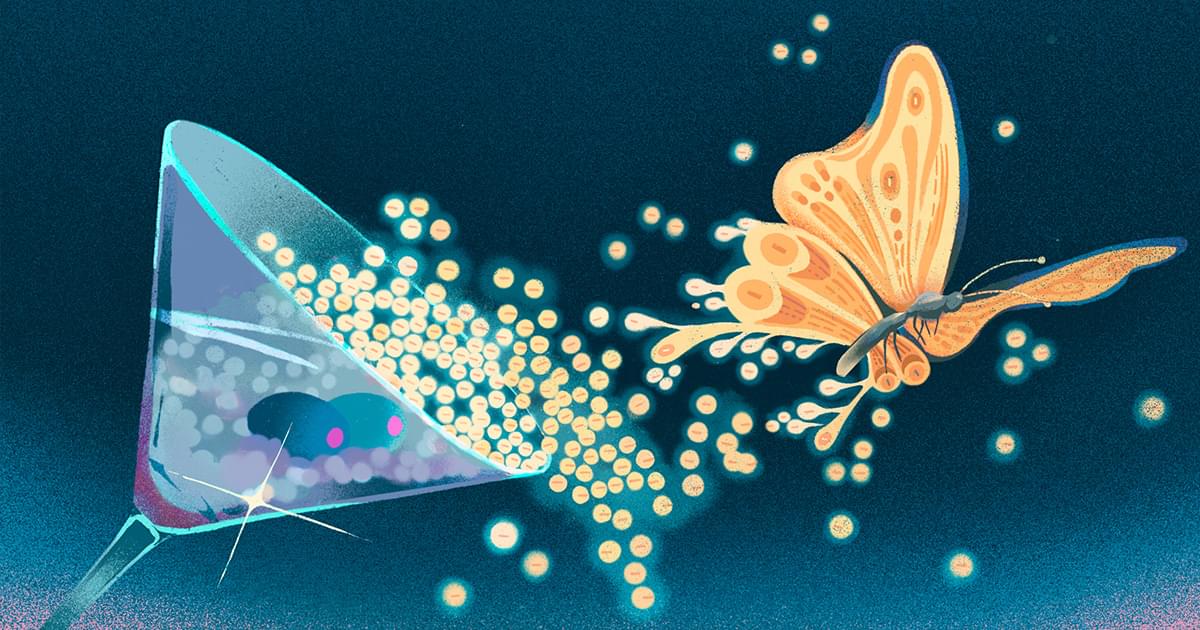

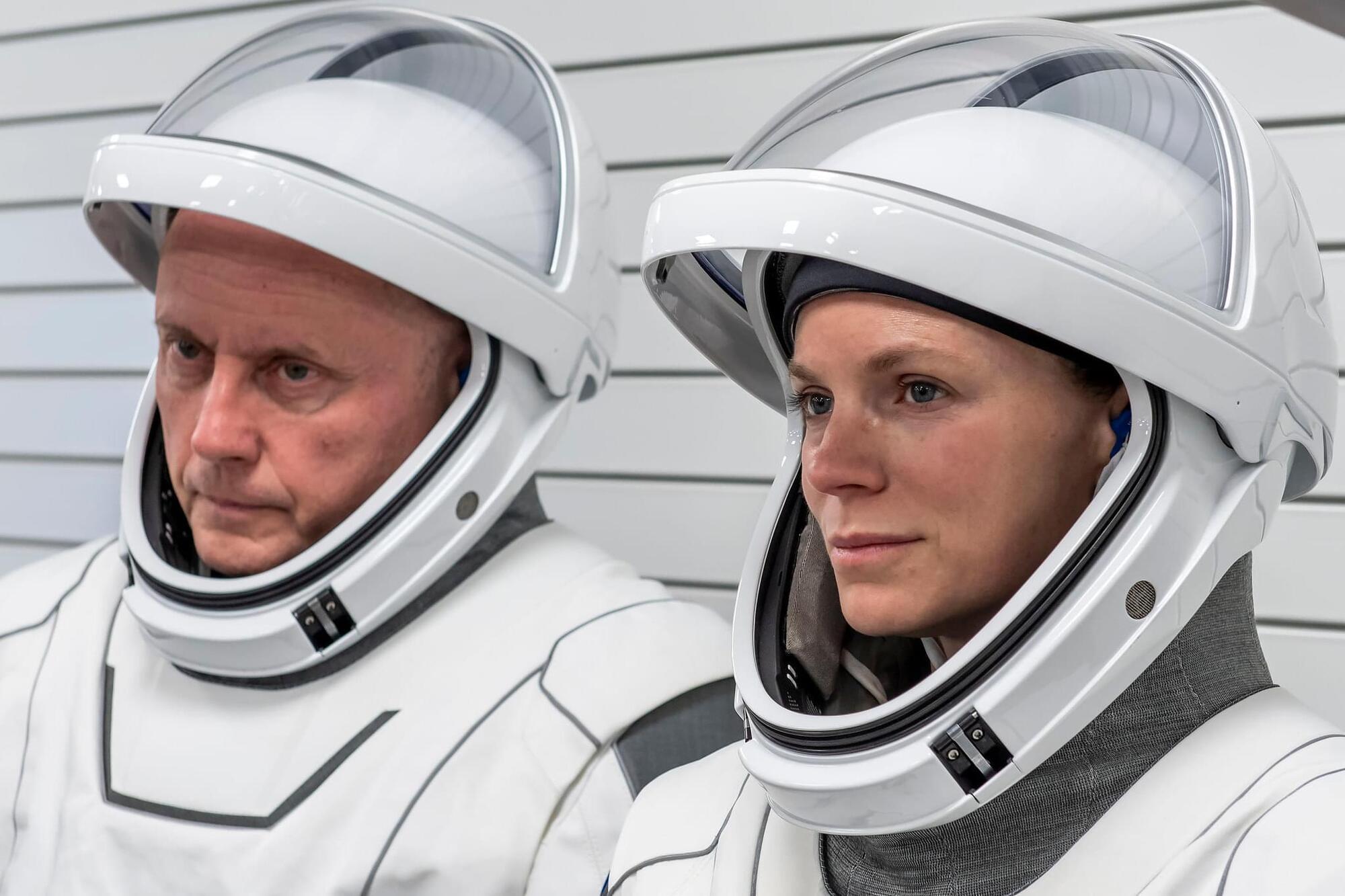
NASA astronauts Michael Fincke and Zena Cardman will connect with students in Ohio as they answer prerecorded science, technology, engineering, and mathematics (STEM) questions aboard the International Space Station.
The Earth-to-space call will begin at 10:15 a.m. EDT on Wednesday, Aug. 27, and will stream live on the agency’s Learn With NASA YouTube channel.
Media interested in covering the event must RSVP by 5 p.m., Monday, Aug. 25, to Mary Beddell at: 330−492−3500 or at [email protected].
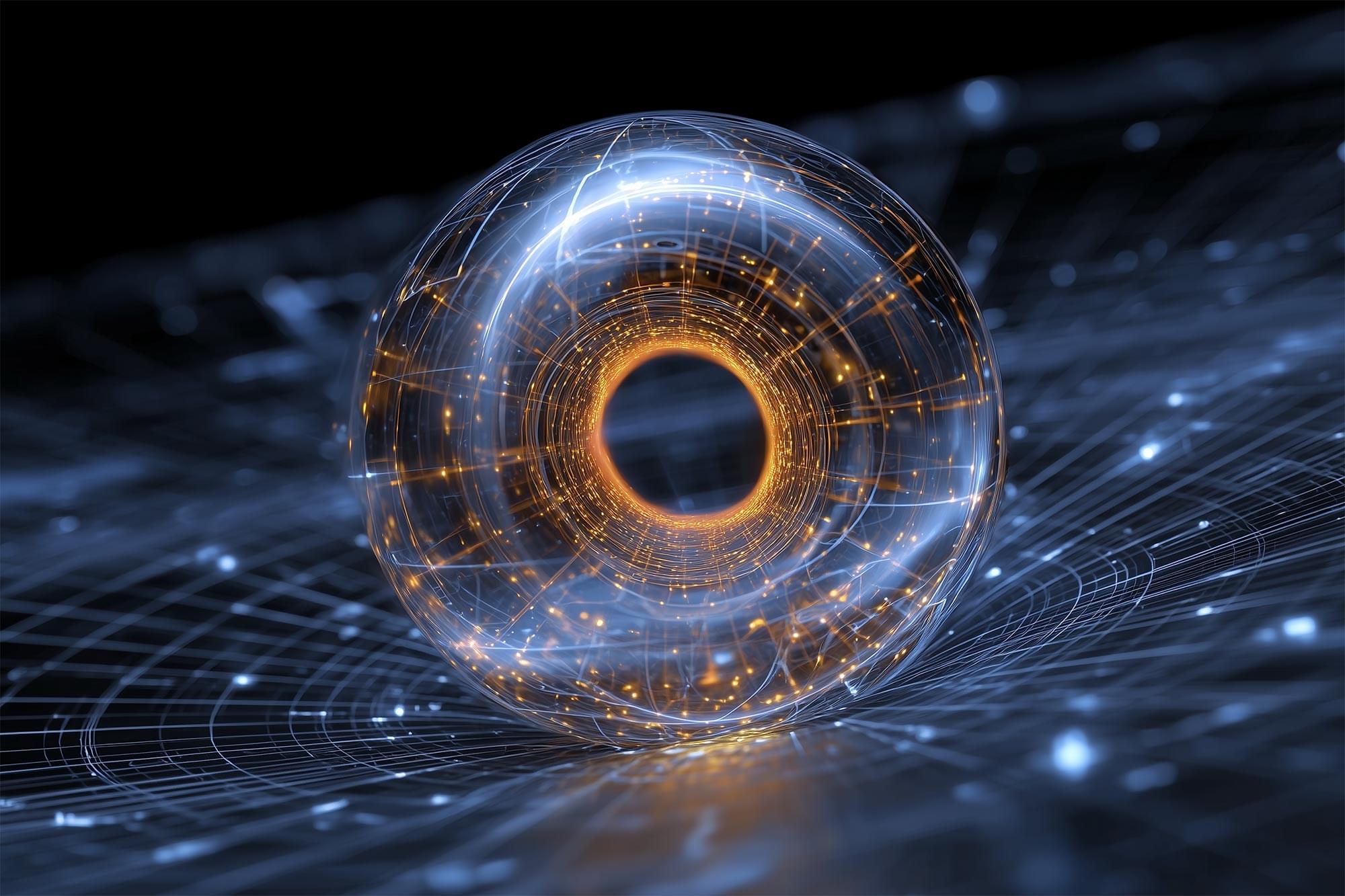
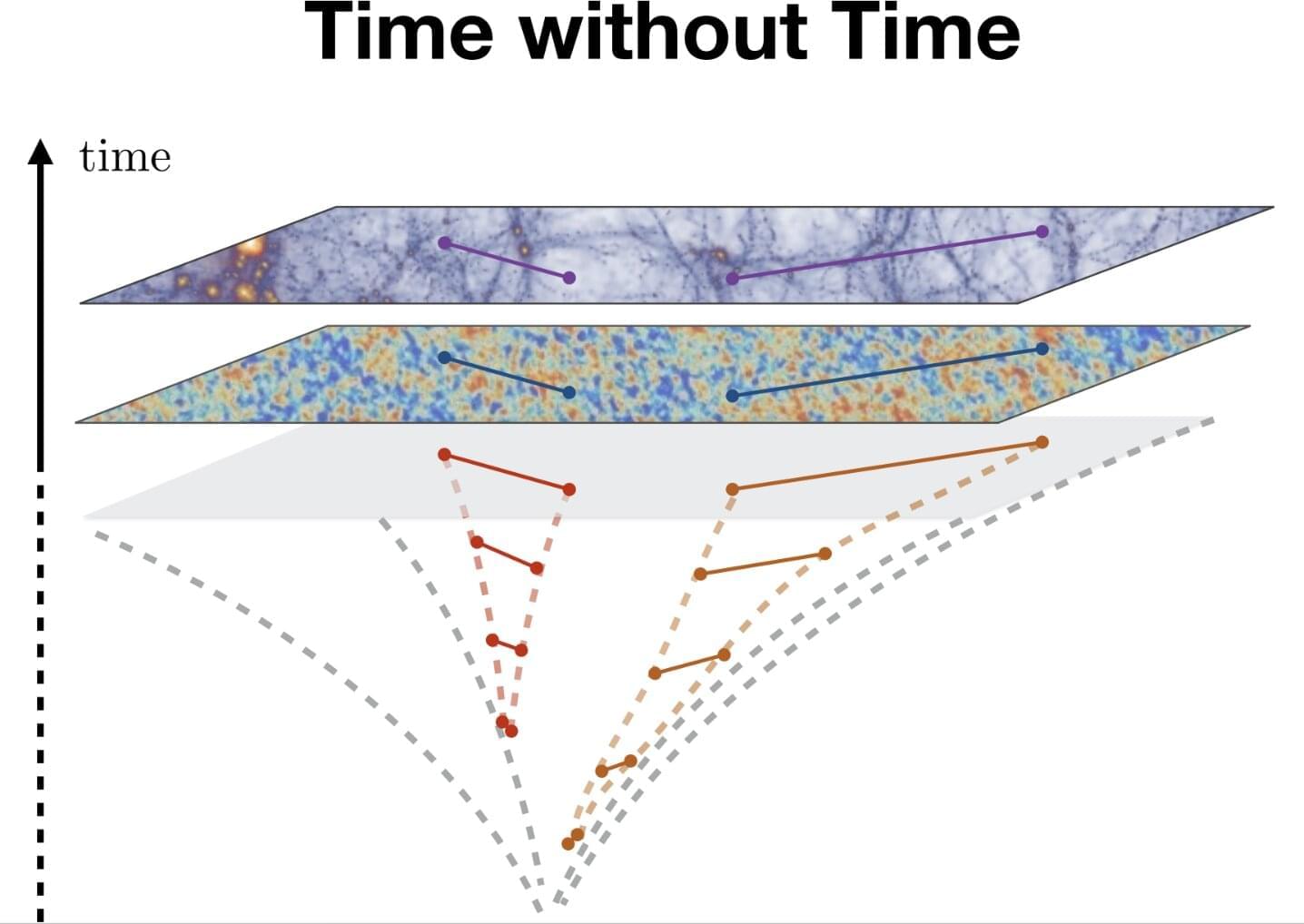
To study the origin and evolution of the universe, physicists rely on theories that describe the statistical relationships between different events or fields in spacetime, broadly referred to as cosmological correlations. Kinematic parameters are essentially the data that specify a cosmological correlation—the positions of particles, or the wavenumbers of cosmological fluctuations.
Changes in cosmological correlations influenced by variations in kinematic parameters can be described using so-called differential equations. These are a type of mathematical equation that connect a function (i.e., a relationship between an input and an output) to its rate of change. In physics, these equations are used extensively as they are well-suited for capturing the universe’s highly dynamic nature.
Researchers at Princeton’s Institute for Advanced Study, the Leung Center for Cosmology and Particle Astrophysics in Taipei, Caltech’s Walter Burke Institute for Theoretical Physics, the University of Chicago, and the Scuola Normale Superiore in Pisa recently introduced a new perspective to approach equations describing how cosmological correlations are affected by smooth changes in kinematic parameters.
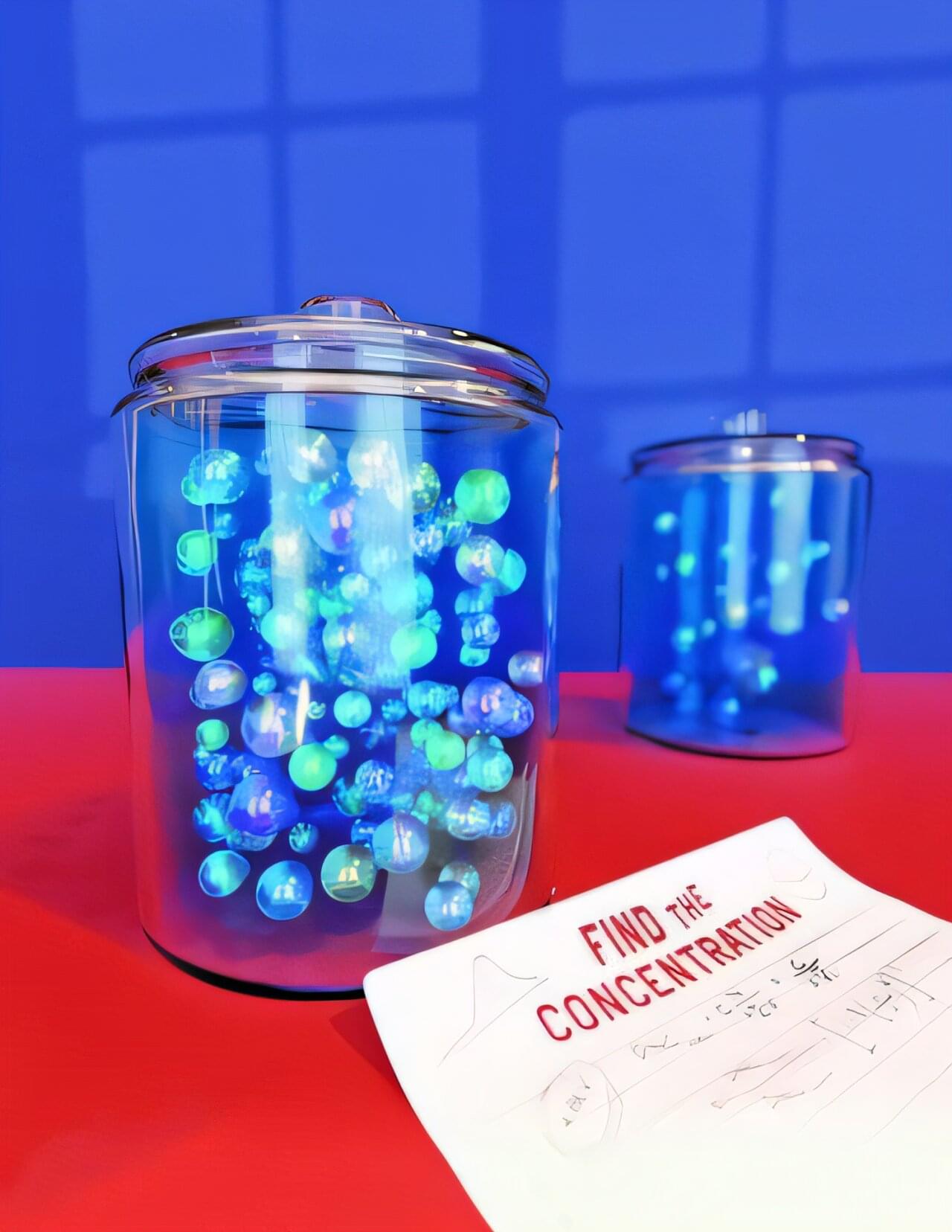
Researchers can use a metric called the particle number concentration (PNC) to calculate the number of particles in a sample, such as the number of marbles in a jar.
Researchers at the National Institute of Standards and Technology (NIST) have developed a new mathematical formula to calculate the concentration of particles suspended in a solution. The new approach, which yields more accurate results than current methods, can be used to deliver the correct drug dosage to patients, measure the amount of nanoplastics in ocean water, and help ensure the correct level of additives in food products, among other applications.
The researchers have published their findings in Analytical Chemistry.

When water drains from the bottom of a vertical tube, it is followed by a thin film of liquid that can adopt complex and beautiful shapes. KAUST researchers have now studied exactly how these “fluted films” form and break up, developing a mathematical model of their behavior that could help improve the performance, safety, and efficiency of industrial processes.
It’s a history wrapped up with great math and poor psychology.
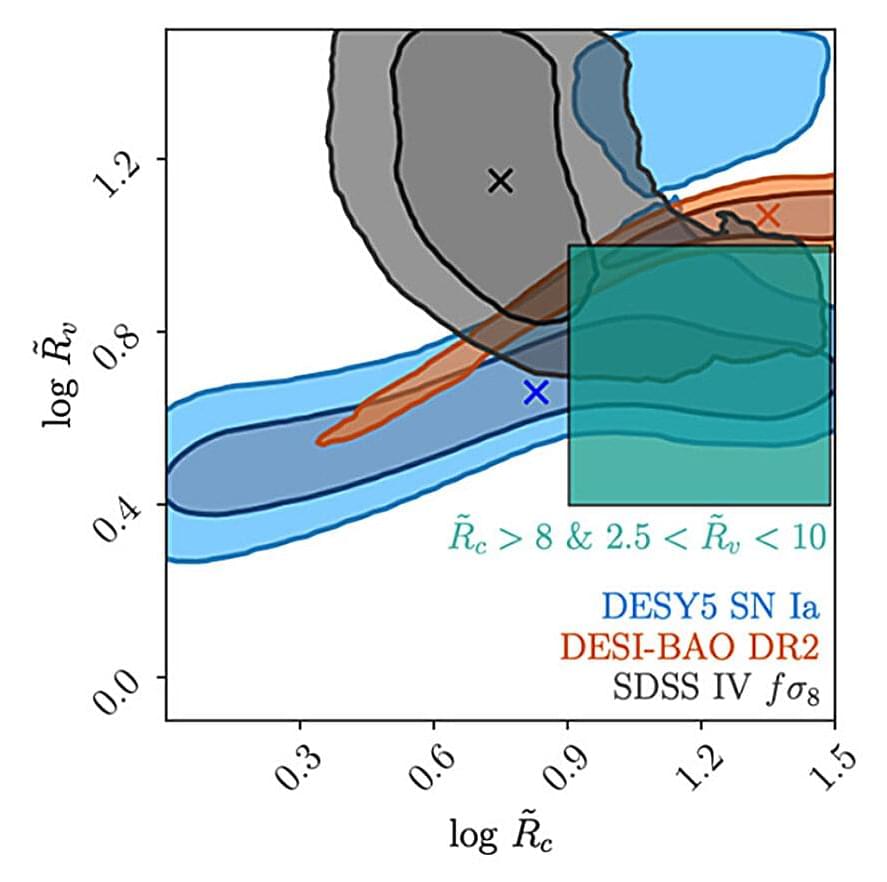
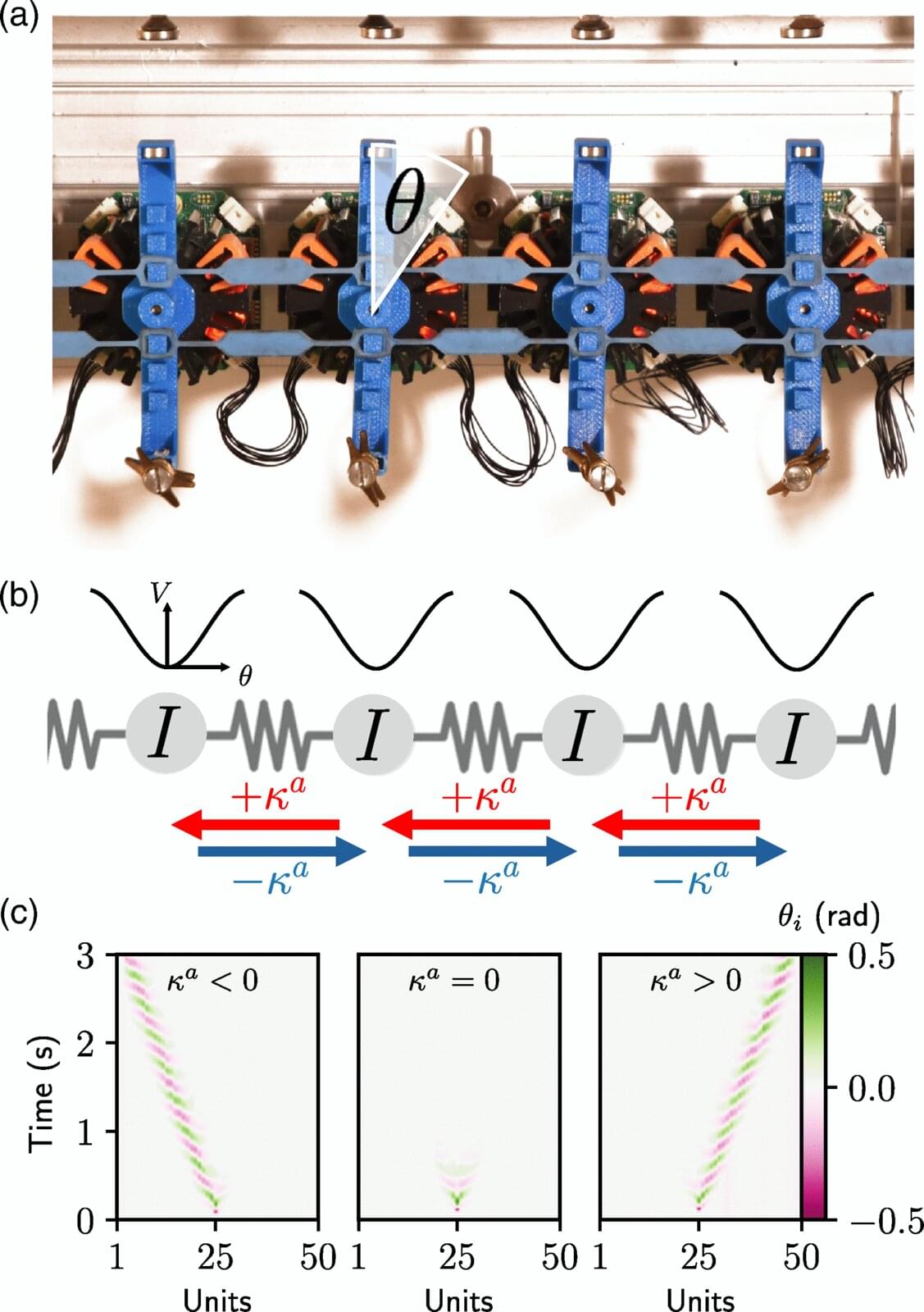
Solitonic waves—waves that keep their shape and direction of motion for a long time—have intrigued physicists for almost two centuries. In real-world circumstances, these waves eventually die out due to energy loss. A team of UvA physicists have now discovered how a particular type of interaction can be used to create very stable solitons, even in circumstances where energy is not conserved.
In 1834, John Scott Russell observed an unusual phenomenon in the Union Canal in Scotland. After a moving boat had come to a halt, the water wave that the boat had caused continued moving through the canal, keeping virtually the same speed and the same shape.
It took more than half a century, until the work of Dutch mathematicians Diederik Korteweg and Gustav de Vries in 1895, before the phenomenon that Russell observed had been explained in all its mathematical detail. What Russell had seen was a “solitary wave,” a phenomenon now better known as a soliton.
